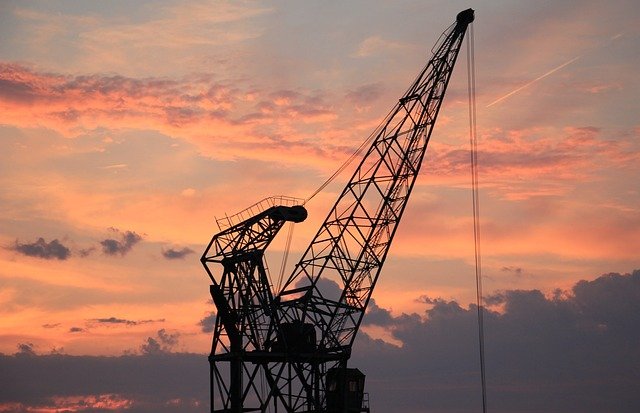Overhead cranes and hoists are two types of equipment often used and are important in material handling and lifting activities. There are fundamental variations in their designs, modes of operation, and the applications they are used for, although they both make it easier to lift and move things. This article will delve into the differences between hoists and overhead cranes, providing a comprehensive understanding of their respective roles in material handling and lifting activities.
When Should You Use a Hoist Instead of an Overhead Crane?
Design and Structure
Bridge or overhead cranes have parallel runways with a moveable bridge between them. This moveable bridge covers the workstation below as it glides along the runways. The hoist lifts and lowers cargo from the bridge. The bridge’s transverse hoist positions weight precisely.
A hoist, however, works without a crane. A drum or lift wheel with a chain or rope around it and a hook for connecting the cargo are usual. Hoists are used to raise and lower large goods vertically. Overhead cranes and hoists help the industry handle materials safely and efficiently.
Load Handling Capabilities
Overhead cranes, especially substantial capacity ones like the 10-ton overhead crane, are highly efficient in transporting heavy goods across large areas. Their design, incorporating runways and movable bridges, gives them a significant edge in flexibility. The hoist located on the bridge maneuvers horizontally, allowing loads to be moved along the length of the crane.
The bridge, meanwhile, shifts along the runway on a separate horizontal plane, covering the breadth of the workspace. In addition, the hoist is capable of raising and lowering loads vertically, adding another dimension to the crane’s range of motion.
Hoists raise and lower loads vertically. Their drum, lift-wheel, chain, or rope design is optimal for this operation. Some hoists can be linked to a trolley enabling restricted horizontal movement over a set route, providing a second axis. Even with this innovation, they are less flexible than overhead cranes. Operational considerations and job complexity determine whether to use an overhead crane, hoist, or both.
Applications and Uses
The capacity of overhead cranes to transport massive loads across extensive distances has made them useful in various industries, including building, manufacturing, and storage. Because the hoist crosses the moving bridge, these cranes can lift, lower, and carry enormous products over expansive facilities. They assist in the movement of cargo containers inside warehouses as well as building materials on construction sites.
Hoists are the tools of choice for vertical lifting that requires precision. These bring or lower weights in a vertical direction. They are used in workshops for the maintenance of equipment, storage facilities for the administration of stock, and assembly lines for the creation of products. Hoists are particularly useful for doing accurate vertical lifting and lowering.
Control and Operation
Overhead cranes need a qualified operator due to their goods’ size, intricacy, and weight. Depending on the crane’s design and operating needs, this operator can operate from a cabin on the crane or a distance via a remote control. In-depth training is required for the operator, including the mechanics of crane operation, safety measures, emergency response procedures, and the specifics of the load-handling activities at hand.
On the other hand, hoists often don’t need a specialized operator because they are easy to use. Instead, they are often operable by staff with just little training. Lifting and lowering weights requires familiarity with push-button controls or a basic remote controller. Despite hoists’ apparent ease of use, all operators should be familiar with the necessary safety procedures, such as load restrictions and routine maintenance inspections. Whether using a hoist or an overhead crane, operators must always be well-trained and adhere to safety regulations.
Conclusion
To pick the appropriate piece of lifting equipment to fulfill certain operational requirements, it is essential to have a solid understanding of the differences between hoists and overhead cranes. They are distinct in design, load-handling capabilities, application areas, and control methods, although they have certain commonalities. Large manufacturing and distribution operations rely heavily on overhead cranes because of their broad mobility capabilities and capacity to lift massive loads. Hoists are the workhorses of precise jobs and more intimate operations due to their superior ability to do vertical lifting and user-friendliness. By distinguishing between the two, companies can better choose to lift equipment that meets their operational requirements. This, in turn, helps businesses improve the safety, efficiency, and productivity of their material handling duties. This information serves as the basis for making educated decisions, enabling companies to improve the efficiency of their operations and propel forward advances in the fields of lifting and material handling.



